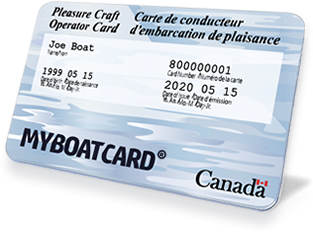Special Buoys
Special buoys serve a variety of purposes. The shapes of special purpose buoys have no significance. They are identified by their symbols, drawings, and colours.
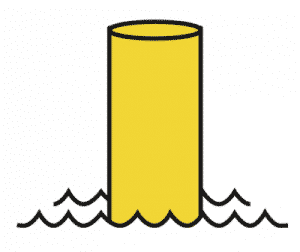
Cautionary Buoy – Is a yellow-colored buoy that marks traffic separations as well as dangers such as firing ranges, underwater pipelines, race courses, seaplane bases, underwater structures, and areas where no through channel exists.
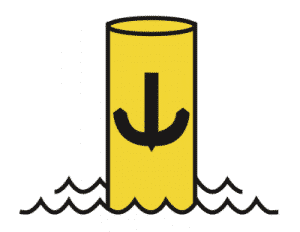
Anchorage Buoy – Marks the perimeter of designated anchorage areas. It is a yellow buoy with black anchor symbol. One should consult the chart for anchorage depths to ensure the anchorage can accept your vessel’s draft.
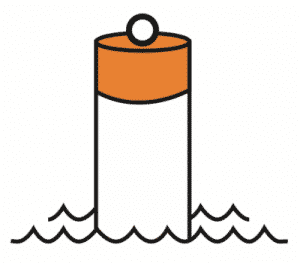
Mooring Buoy – Is used for mooring or securing vessels. Be aware that another vessel may be secured to this type of buoy. Remember, it is illegal to obstruct or tie up to any aid to navigation except for a mooring buoy.
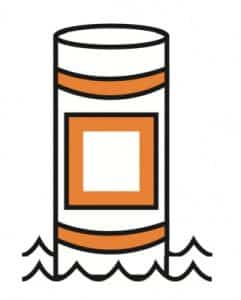
Information Buoy – Displays by means of words or symbols information such as locality, a marina, or campsite. This type of buoy is white in colour and displays information within a hollow orange square with two horizontal orange bands, one above the square and one below.

Hazard Buoy – Marks random hazards such as rocks and shoals. This type of buoy is white in colour and is marked with an orange diamond with two horizontal orange bands, one above the diamond and one below. Information concerning the hazard is indicated by a black symbol displayed inside the orange diamond.

Control Buoy – Marks an area where a restriction has been placed on boating. The restriction may be a speed limit or a wake and wash restriction. This type of buoy is white in colour and has a hollow orange circle with two horizontal orange bands, one above the circle and one below. A black symbol displayed inside the orange circle indicates the type of restriction that is in effect.
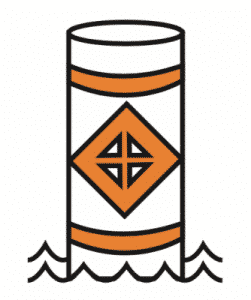
Keep-Out Buoy – Marks an area in which boats are prohibited. It is white in colour and is marked with an orange diamond, the interior points of which are joined by an orange cross. It also has two orange, horizontal bands, one above and one below the diamond-shaped symbol.

Isolated Danger Buoy – Is used to mark an isolated danger such as a rock, shoal, or a wreck. The buoy is moored on or above the danger and has navigable water all around it. To be safe, stay well away from this type of buoy. Consult the chart for information concerning the danger (dimensions, depth, etc). This buoy is black with a red band, and two black spherical top marks.

Fairway Buoy – Is used to mark safe water and is usually used to mark a channel entrance, the center of a shipping channel, or a landfall. This buoy indicates that there is safe water to pass on either side but it should be kept to the port (left) side of your vessel when proceeding upstream or downstream. It is painted half in red and half in white.
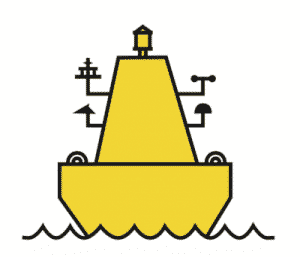
Scientific Buoy – Is also called an ODAS buoy (for ocean data acquisition system), and collects meteorological and other scientific data. The hazard represented is the buoy itself.

Swimming Buoy – Is used to mark the perimeter of a swimming area. It is white in colour and carries no markings.
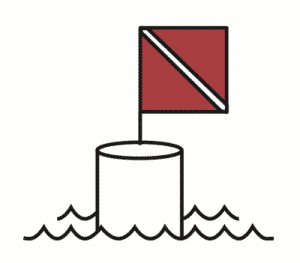
Diving Buoy – Is used to mark areas where scuba or other diving is in progress. This buoy is white in colour. It carries a red flag not less than 50 cm squared with a white diagonal stripe extending from the tip of the hoist to the bottom of the fly.

